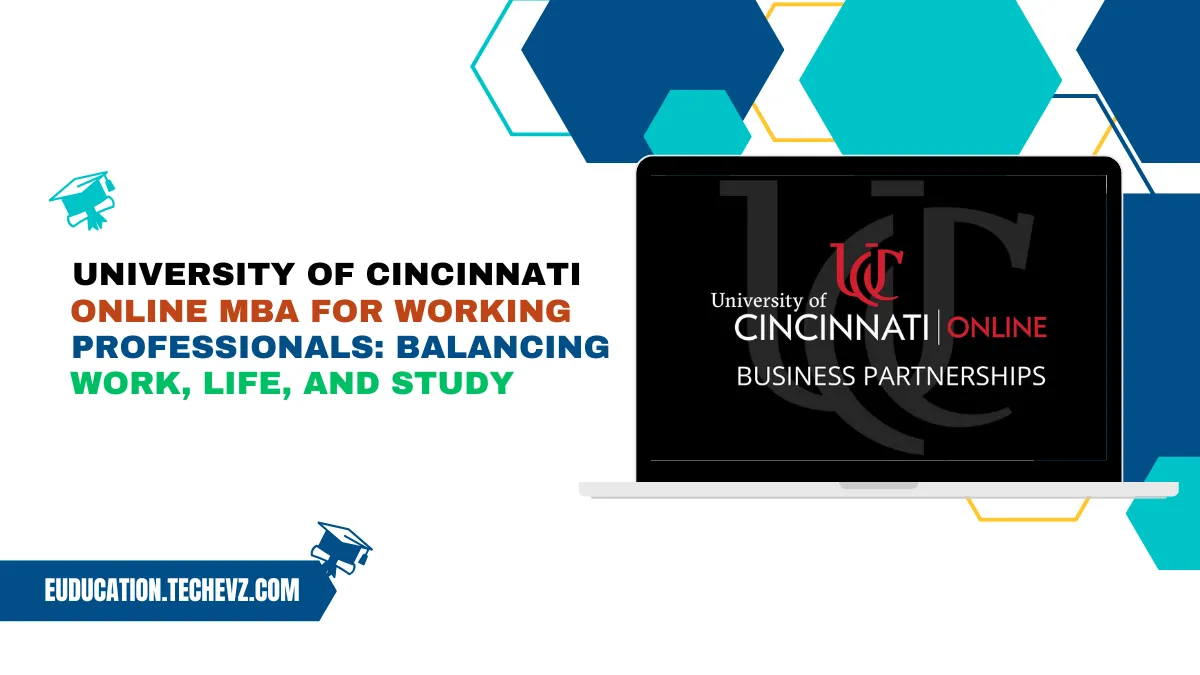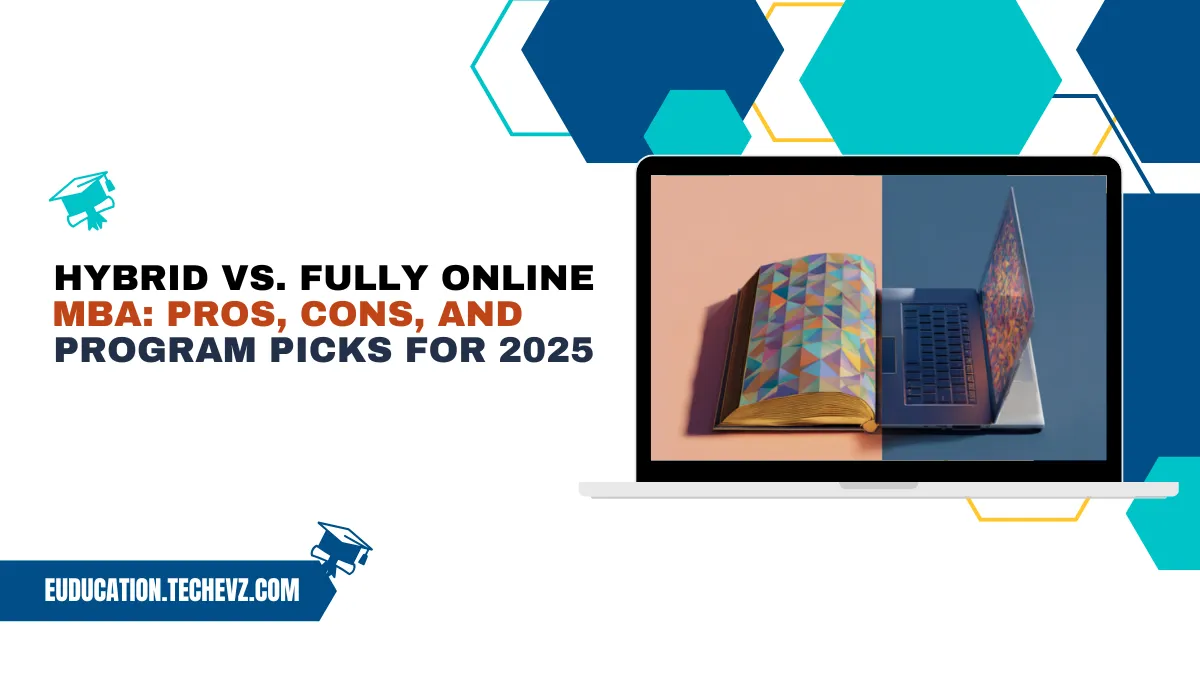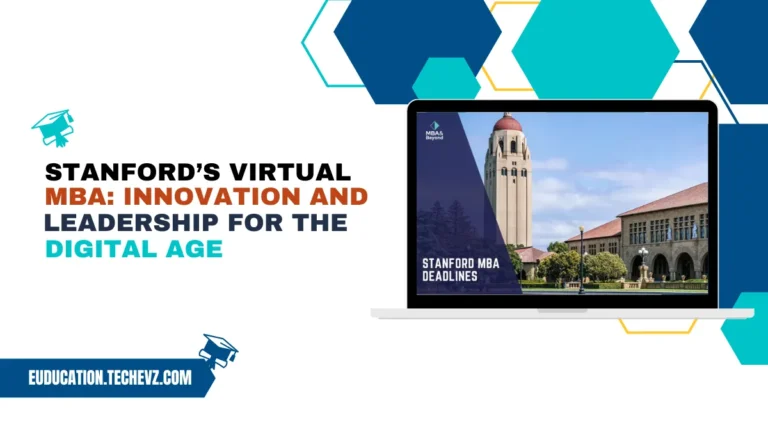In a world where screens dominate our attention, marketing has evolved dramatically. Gone are the days when TV ads and billboards were the only way to reach consumers. Enter digital marketing, a fast-growing domain that’s reshaping how brands communicate.
But is traditional marketing dead? Not quite.
In this blog, we’ll explore the key differences between digital and traditional marketing, compare their pros and cons, and help you decide which strategy suits your goals best.
📢 What is Traditional Marketing?
Traditional marketing refers to any type of marketing that isn’t online. It includes:
- Newspaper & magazine ads
- TV & radio commercials
- Billboards & posters
- Flyers, brochures, and direct mail
- Telemarketing
This form of marketing has been around for decades and is great for reaching local audiences and building brand familiarity.
🌐 What is Digital Marketing?
Digital marketing is the use of the internet and digital channels to promote products or services. It includes:
- Social media marketing (Facebook, Instagram, LinkedIn)
- Search engine marketing (Google Ads)
- Email marketing
- Content marketing & blogs
- Influencer & affiliate marketing
- SEO (Search Engine Optimization)
It allows brands to engage with users in real-time and offers advanced tracking and analytics.
🔍 Digital vs Traditional Marketing – Key Differences
| Feature | Traditional Marketing | Digital Marketing |
|---|---|---|
| Medium | Print, TV, radio, outdoor | Internet, mobile apps, social media |
| Cost | High (printing, broadcasting) | Generally lower, more scalable |
| Reach | Local or regional | Global (with targeting options) |
| Targeting | Broad, less specific | Highly targeted (demographics, interests) |
| Interaction | One-way (brand → audience) | Two-way (likes, comments, shares) |
| Analytics | Limited or delayed feedback | Real-time data and performance tracking |
| Speed of Execution | Time-consuming (production, distribution) | Fast (ads live within minutes) |
| ROI Tracking | Difficult | Easy to track ROI and performance |
| Flexibility | Low (once printed or aired, cannot change) | High (edit campaigns anytime) |
| Examples | TV ads, newspaper, billboards | Google Ads, Facebook Ads, email campaigns |
🎯 Pros & Cons of Each
✅ Traditional Marketing – Pros
- More personal & tangible (especially with print)
- Great for reaching older or less tech-savvy audiences
- Strong brand recall through repeated exposure (TV/radio)
❌ Traditional Marketing – Cons
- Expensive and harder to measure
- Limited targeting options
- Long lead times to create and run campaigns
✅ Digital Marketing – Pros
- Cost-effective for all business sizes
- Real-time performance tracking
- Precise targeting and personalization
- Higher engagement with interactive content
❌ Digital Marketing – Cons
- Requires technical skills and constant optimization
- Online ads can be ignored (ad blockers, banner blindness)
- Highly competitive space with short attention spans
👨💼 Which One is Better?
It depends on your goals. Here’s a quick guide:
| Business Type | Recommended Approach |
|---|---|
| Local shop/salon | Traditional + Google Business Listing |
| E-commerce startup | Primarily Digital (SEO, Ads, Social Media) |
| FMCG or mass product | Mix of TV + Digital for broad reach |
| B2B SaaS company | Digital (LinkedIn Ads, SEO, content marketing) |
| Event promotion | Both – Flyers + Social Ads |
💡 Hybrid Strategy – Best of Both Worlds
Smart brands in 2025 are blending both methods. A TV ad campaign might be supported by a YouTube video ad. A newspaper feature could link to a website or QR code.
This 360° approach ensures that you’re reaching audiences everywhere they are—offline and online.
📊 Real-World Example
Example: A Real Estate Builder in Delhi
- Traditional: Newspaper ads, hoardings on highways
- Digital: Google search ads like “3BHK Flats in Noida Under 70 Lakhs”, Instagram Reels with project tours
Result: 4x lead generation with 40% lower cost using digital + traditional mix.
🏁 Conclusion
The debate between digital and traditional marketing isn’t about choosing one over the other—it’s about understanding when and how to use each.
✅ Go digital for precise targeting, lower costs, and measurable ROI.
✅ Stick with traditional for building trust, brand authority, and local outreach.
✅ Combine both for maximum impact.







